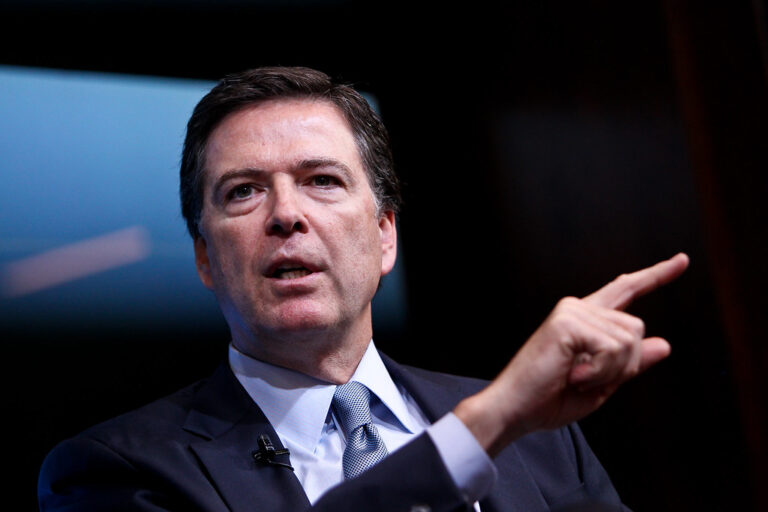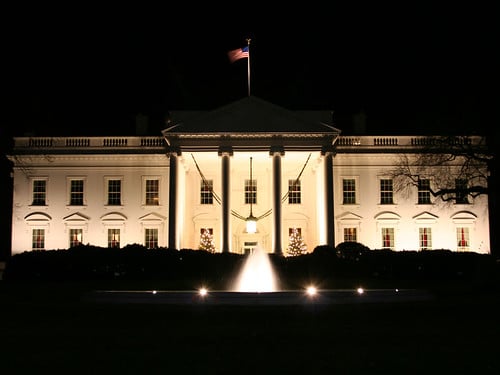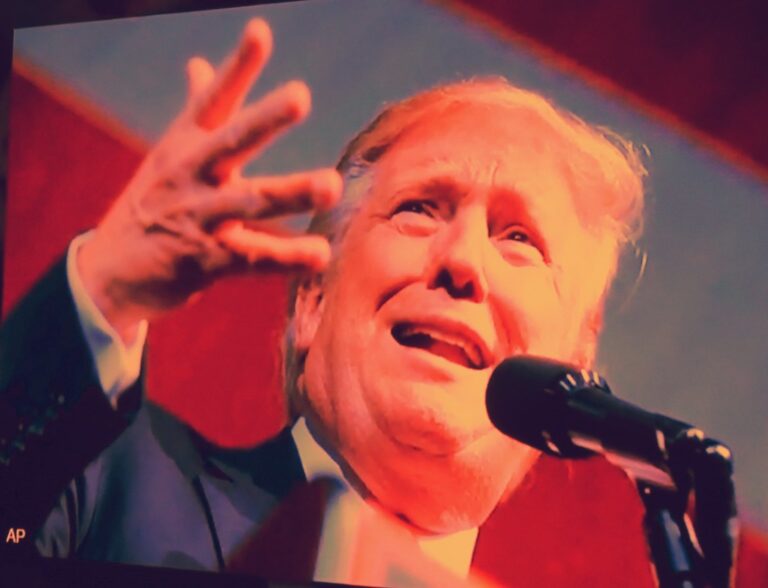Key Takeaways
- Democrats chose 77-year-old Janet Mills for the Maine Senate race, sparking criticism.
- Many believe this pick overlooks younger voters hungry for fresh leadership.
- Marine veteran and oysterman Graham Platner has drawn strong grassroots support.
- Platner raised half a million dollars in 24 hours, showing real momentum.
- The party risks repeating past mistakes by sidelining new talent for age and tenure.
Maine Senate race shake-up stirs debate
The Democratic Senatorial Campaign Committee surprised many by backing Governor Janet Mills for the next Maine Senate race. With her 77 years, critics say she makes 72-year-old Susan Collins look spry. Meanwhile, Craig Platner, 41, a Marine veteran and oysterman, has impressed voters but faces party roadblocks.
Inside the Maine Senate race decision
The party’s leadership barely pushed Mills into the contest. They now plan to spend millions to clear the field for her. But voters in Maine, known for valuing independence, may see this as more old-guard politics. They worry that after decades without a Democratic Senate win in Maine, the party still hasn’t learned lessons from past losses.
A party out of touch
Democrats face record-low approval and are losing younger voters. So choosing an elder statesperson seems tone-deaf. Maine hasn’t elected a Democratic senator since 1988. Back then George Mitchell won reelection. Today’s leaders seem stuck in the past, unable to spot the energy and message of a candidate like Platner.
Why age matters
Some call this pick ageist, but it’s about strategy, not insult. Voters want leaders who look toward the future—people they can trust to serve for six years without age-related worries. Even moderate Democrats worry a 78-year-old freshman senator could become a liability.
Graham Platner: a fresh alternative
Platner brings a unique background. He served four infantry tours in Iraq and Afghanistan. He runs an oyster farm and works as a harbormaster. He announced his bid last August and instantly packed town halls across scenic Maine towns—from Rumford to Madawaska to Portland.
Grassroots money machine
When Mills declared her campaign, Platner’s team raised $500,000 in just 24 hours. This burst of small-dollar donations shows a real hunger for change. Platner calls himself “the enemy of the oligarchy,” and he focuses on working-class policies. He refuses to get trapped in “progressive versus moderate” labels.
Connecting with Maine voters
In Maine, geography and culture vary greatly. Rumford is an old mill town; Madawaska sits on the Canadian border; Portland is a lively coastal city. Yet everywhere, Platner heard the same message: “People want change.” His message resonates because it speaks directly to voters’ frustrations.
The risk of playing it safe
By choosing Mills, the party seems to be playing it safe. But a safe pick can look like a weak pick. When voters feel fed up with career politicians, they reward fresh faces with bold ideas. The Democratic establishment often backs familiar names, but that can deepen voters’ distrust.
Learning from past mistakes
In the 2024 presidential race, Democrats saw backlash when they pushed an older candidate too hard. Maine’s recent history shows the dangers of neglecting rising stars. By ignoring Platner’s momentum, the DSCC may be repeating a costly error.
What the party could do next
Instead of shutting out Platner, leaders might support a primary contest. This would let Maine voters decide. It would also give both candidates a chance to sharpen their messages and build real campaigns. A contested primary can energize volunteers, attract media attention, and boost small-dollar donations.
A path forward for Democrats
If Democrats want to win back the Senate, they must embrace renewal. They need to understand that age alone does not equal wisdom in the eyes of voters. What matters is vision, energy, and the ability to connect. Platner represents that mix better than any seasoned politician in this race.
A choice for the future
Maine’s spirit is all about independence. Voters there have long resisted being told what to think. The party that best captures that spirit will stand out. In this Maine Senate race, that could easily be the candidate who lives and breathes Maine life—who brings new ideas and grit.
Will the Democratic establishment listen?
Right now, it seems set on preserving old structures. But grassroots power is shaking those foundations. Platner’s supporters hope their energy can force leaders to rethink. They argue that lifting up fresh leaders is the only way to defeat entrenched incumbents.
Democracy in action
At its best, a party competition lets ideas compete openly. Voters weigh each pitch and choose the vision they trust. A closed-door decision hands authority to insiders and risks alienating the base. In a state where independent thought reigns, that approach feels especially out of touch.
The stakes are high
If Democrats lose this seat again, they fall farther from a Senate majority. More importantly, they miss a chance to inspire new generations. Young people hungry for change want to see leaders who reflect their energy, not their grandparents’ era.
A call for boldness
Maine voters have a chance to demand more. They can insist on a real debate in the Maine Senate race. They can push their party to back the candidate who fires up small donors and fills town halls. That candidate is Graham Platner.
Final thoughts
By choosing experience over energy, the party risks squandering a rare opportunity. The Maine Senate race could become a turning point, showing whether Democrats can adapt. If they cling to the status quo, they’ll only deepen voters’ frustration. It’s time for bold moves, fresh voices, and real democracy.
FAQs
Who is Janet Mills and why did Democrats pick her?
Janet Mills is the current governor of Maine and a former state attorney general. Democrats see her long record as a safe pick against Susan Collins. They believe her experience will help win a tough race, even if it may not excite younger voters.
Why is Graham Platner gaining attention in the Maine Senate race?
Platner is a 41-year-old Marine veteran, oysterman, and harbormaster. He connects with voters through town halls and clear, working-class messages. His quick fundraising shows real grassroots enthusiasm.
How could this decision affect younger voters?
Younger voters often look for energy and fresh ideas. By choosing an older candidate, Democrats risk alienating them. A younger, dynamic candidate like Platner can better inspire and mobilize that demographic.
What should the Democratic Party do next for this race?
The party should allow a competitive primary so Maine voters choose their nominee. This opens space for healthy debate, attracts attention, and energizes volunteers and donors. It also shows Democrats value voter input over insider picks.










